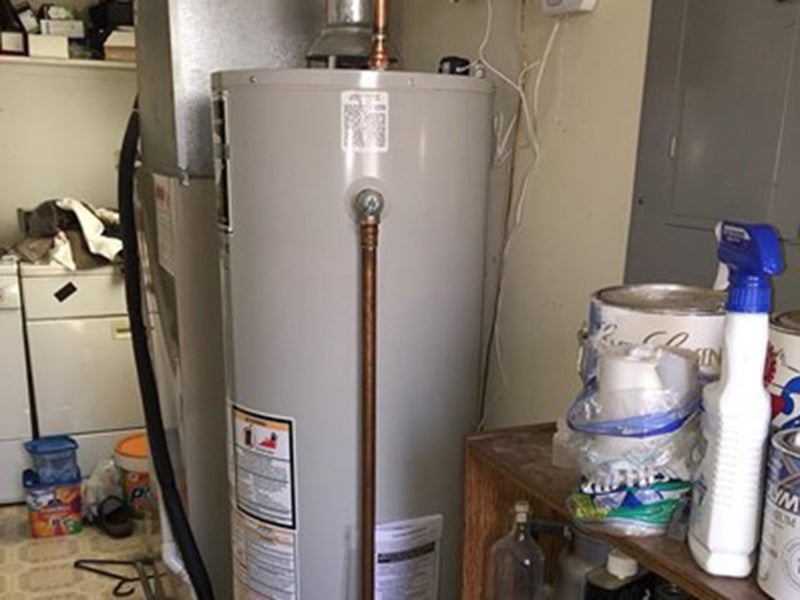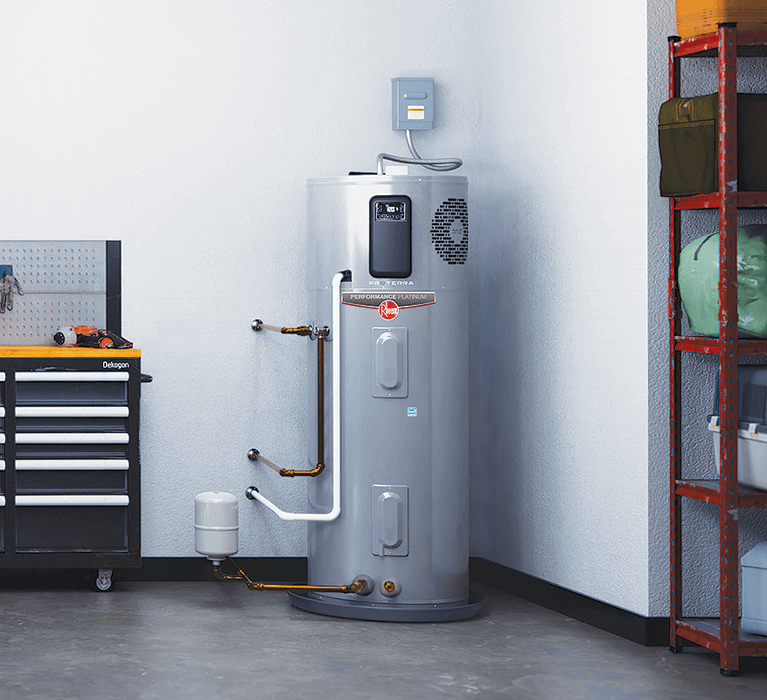Ways to Effectively Care for Your Home's Hot Water SystemSpecialist Guidance for Caring for Your Home's Hot Water System
Ways to Effectively Care for Your Home's Hot Water SystemSpecialist Guidance for Caring for Your Home's Hot Water System
Blog Article
Do you find yourself trying to locate help and advice about How to Maintain a Hot Water Heater in a Few Simple Steps?

Warm water is necessary for day-to-day convenience, whether it's for a refreshing shower or cleaning recipes. To ensure your hot water system runs successfully and lasts much longer, regular maintenance is key. This write-up gives practical tips and insights on how to maintain your home's hot water system to avoid interruptions and costly repair work.
Introduction
Preserving your home's hot water system may seem difficult, however with a few easy steps, you can ensure it operates smoothly for years to come. This overview covers every little thing from comprehending your hot water system to DIY upkeep pointers and recognizing when to call specialist assistance.
Value of Preserving Your Hot Water System
Normal upkeep not just prolongs the life expectancy of your hot water system but additionally guarantees it runs efficiently. Disregarding upkeep can cause reduced efficiency, higher power expenses, and even premature failing of the system.
Indicators Your Hot Water System Needs Maintenance
Recognizing when your warm water system needs focus can avoid major issues. Keep an eye out for indications such as inconsistent water temperature level, odd noises from the heater, or corroded water.
Purging the Water Heater
Purging your hot water heater eliminates sediment build-up, enhancing efficiency and lengthening its life.
Checking and Replacing Anode Rods
Anode rods prevent deterioration inside the storage tank. Inspecting and replacing them when worn out is critical.
Complicated Issues Calling For Expert Aid
Instances include significant leaks, electric issues, or if your water heater is constantly underperforming.
Routine Expert Upkeep Perks
Professional upkeep can include detailed evaluations, tune-ups, and making certain compliance with safety requirements.
Inspecting and Changing Temperature Setups
Adjusting the temperature level setups makes sure optimal performance and safety and security.
Do It Yourself Tips for Maintenance
You can execute a number of upkeep tasks on your own to keep your hot water system in leading condition.
Looking for Leaks
Frequently evaluate pipes and links for leakages, as these can result in water damages and higher bills.
Comprehending Your Warm Water System
Prior to diving into upkeep jobs, it's useful to comprehend the basic elements of your warm water system. Typically, this includes the hot water heater itself, pipelines, anode poles, and temperature controls.
Regular Monthly Upkeep Tasks
Regular regular monthly checks can aid capture small issues before they intensify.
Examining Pressure Relief Valves
Checking the stress relief valve ensures it operates correctly and avoids extreme stress build-up.
Insulating Pipes
Protecting warm water pipelines reduces warm loss and can conserve power.
When to Call a Specialist
While DIY maintenance is useful, some concerns call for specialist experience.
Verdict
Normal upkeep of your home's warm water system is vital for effectiveness, durability, and expense savings. By following these tips and recognizing when to look for expert assistance, you can ensure a reliable supply of warm water without unanticipated disturbances.
How to Maintain an Instant Hot Water Heater
Before tinkering with your hot water heater, make sure that it’s not powered on. You also have to turn off the main circuit breaker and shut off the main gas line to prevent accidents. Also turn off the water valves connected to your unit to prevent water from flowing into and out of the appliance. 2. When you’re done, you have to detach the purge valves’ caps. These look like the letter “T” and are situated on either side of the water valves. Doing so will release any pressure that has accumulated inside the valves while at the same time avoid hot water from shooting out and burning your skin. 3. When the purge valves’ caps are removed, you have to connect your hosing lines to the valves. Your unit should have come with three hoses but if it didn’t, you can purchase these things from any hardware or home repair shops. You can also get them from retail stores that sell water heating systems. Read the user’s manual and follow it to complete this task properly. When the hosing lines are connected, open the purge port’s valves. 4. You should never use harsh chemical cleaners or solutions when cleaning your unit. Make use of white vinegar instead. It should be undiluted and you’ll probably use about 2 gallons. 5. Now flush your water heater. This task should probably take about 40 minutes. We can’t give you specific directions for this because the procedure is carried out depending on the type, model and brand of your heater. With that being said, refer to the user’s manual. 6. When you’re done draining the unit, you have to turn off the purge port valves again. Remove the hosing lines that you earlier installed on each of the water valves. Put the valve caps (purge port) back in their respective places and be very careful so as not to damage the rubber discs that are found inside these caps. 7. Now that everything’s back in place, check your user’s manual again to find out how to reactivate your water heating system. 8. Once it is working, turn one of your hot water faucets on just to let air pass through the heater’s water supply pipes. Leave the tap on until water flows smoothly out of it. https://www.orrplumbing.com/blog/2014/september/how-to-maintain-an-instant-hot-water-heater/

We had been shown that report on What Kind of Maintenance Do Water Heaters Need? from an acquaintance on another web property. I beg you set aside a second to distribute this post if you liked it. Thanks for your time. Return soon.
Find Out More Report this page